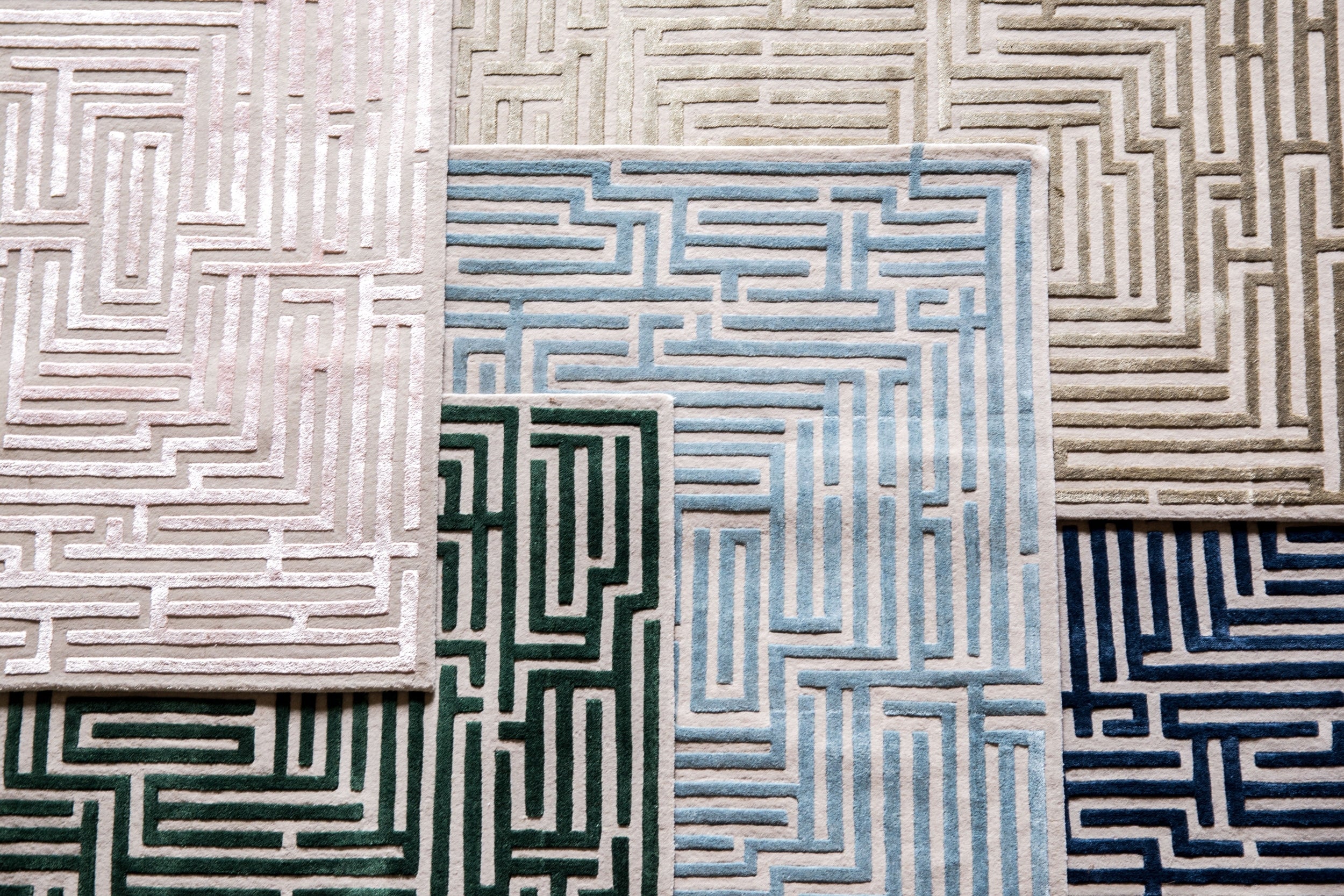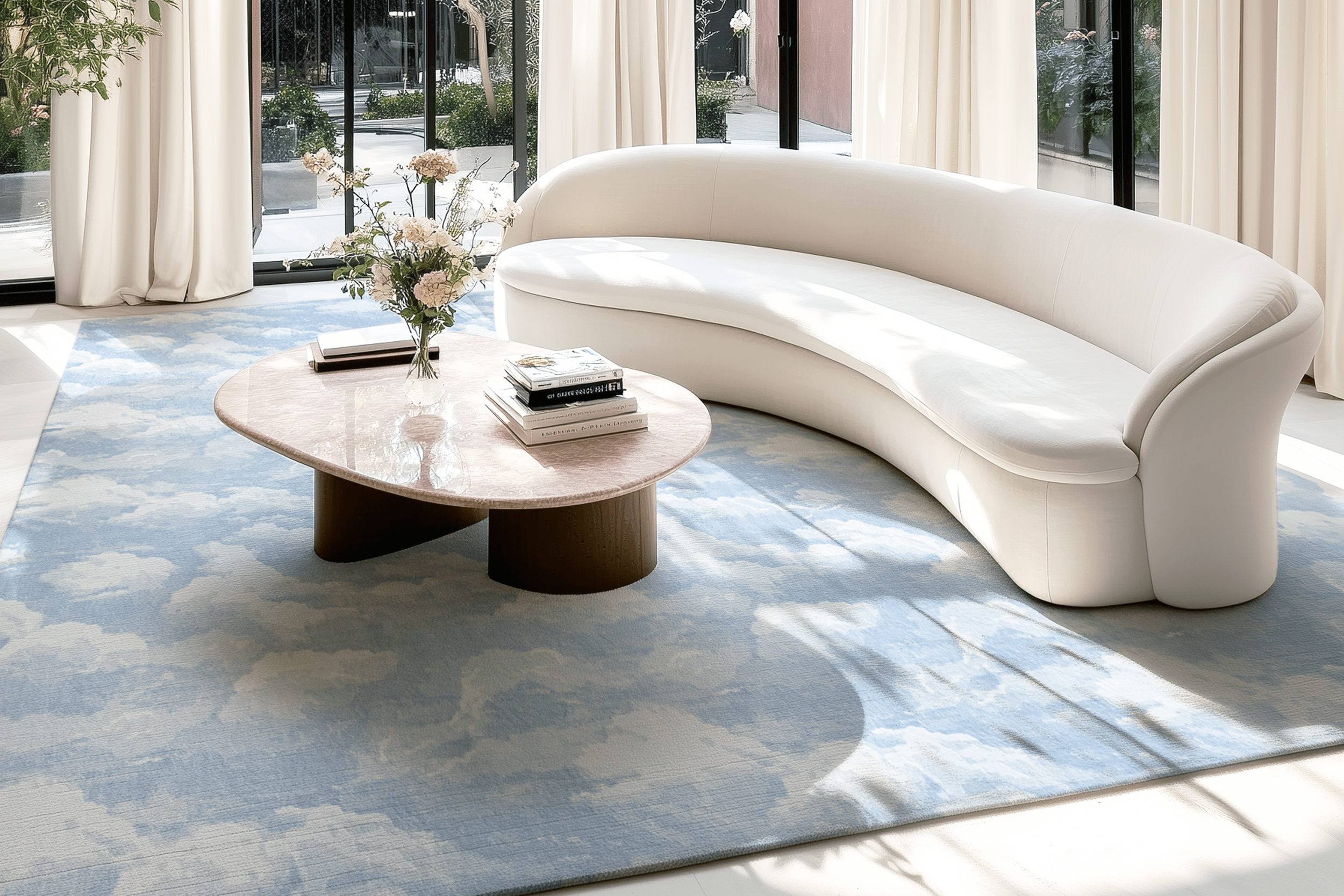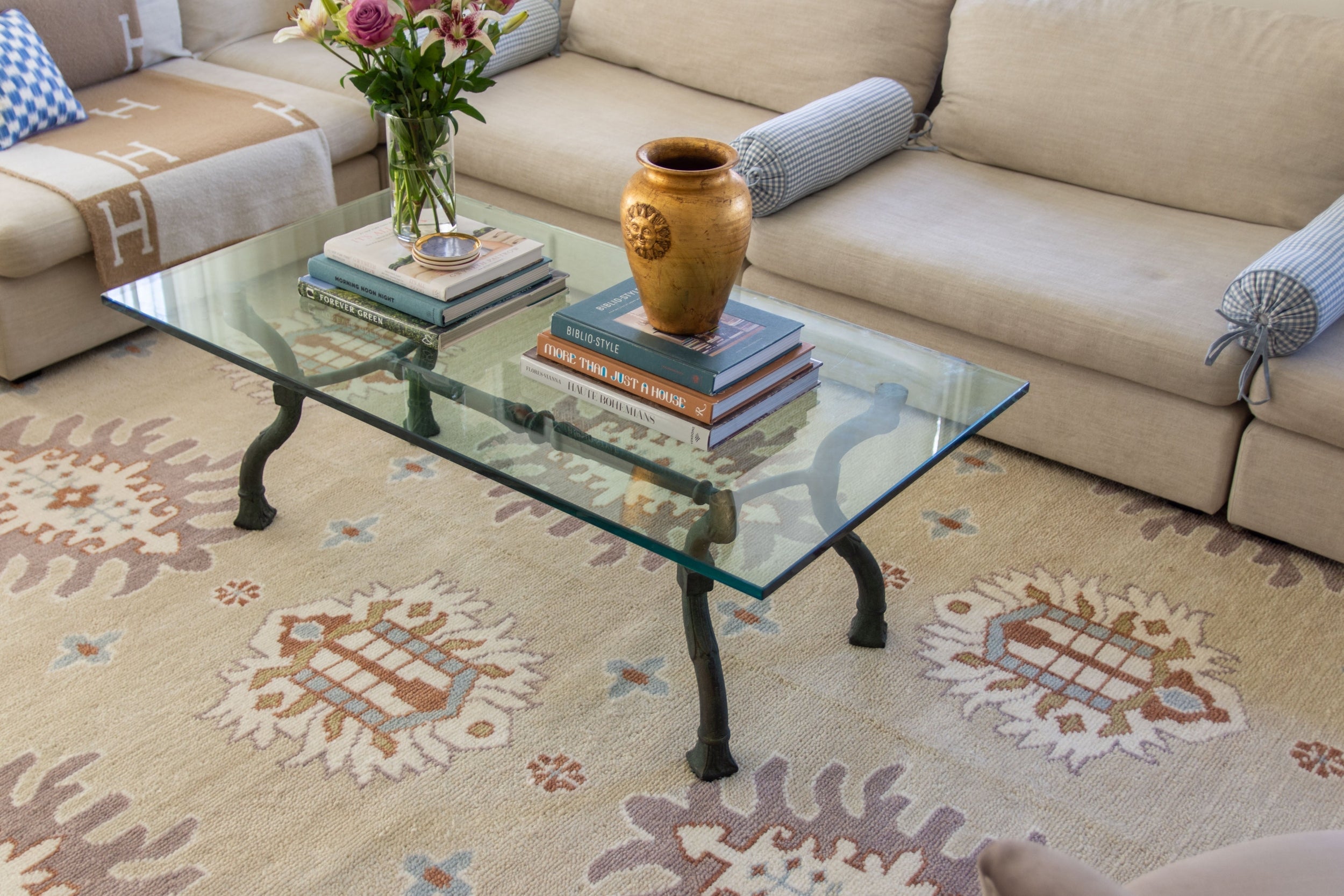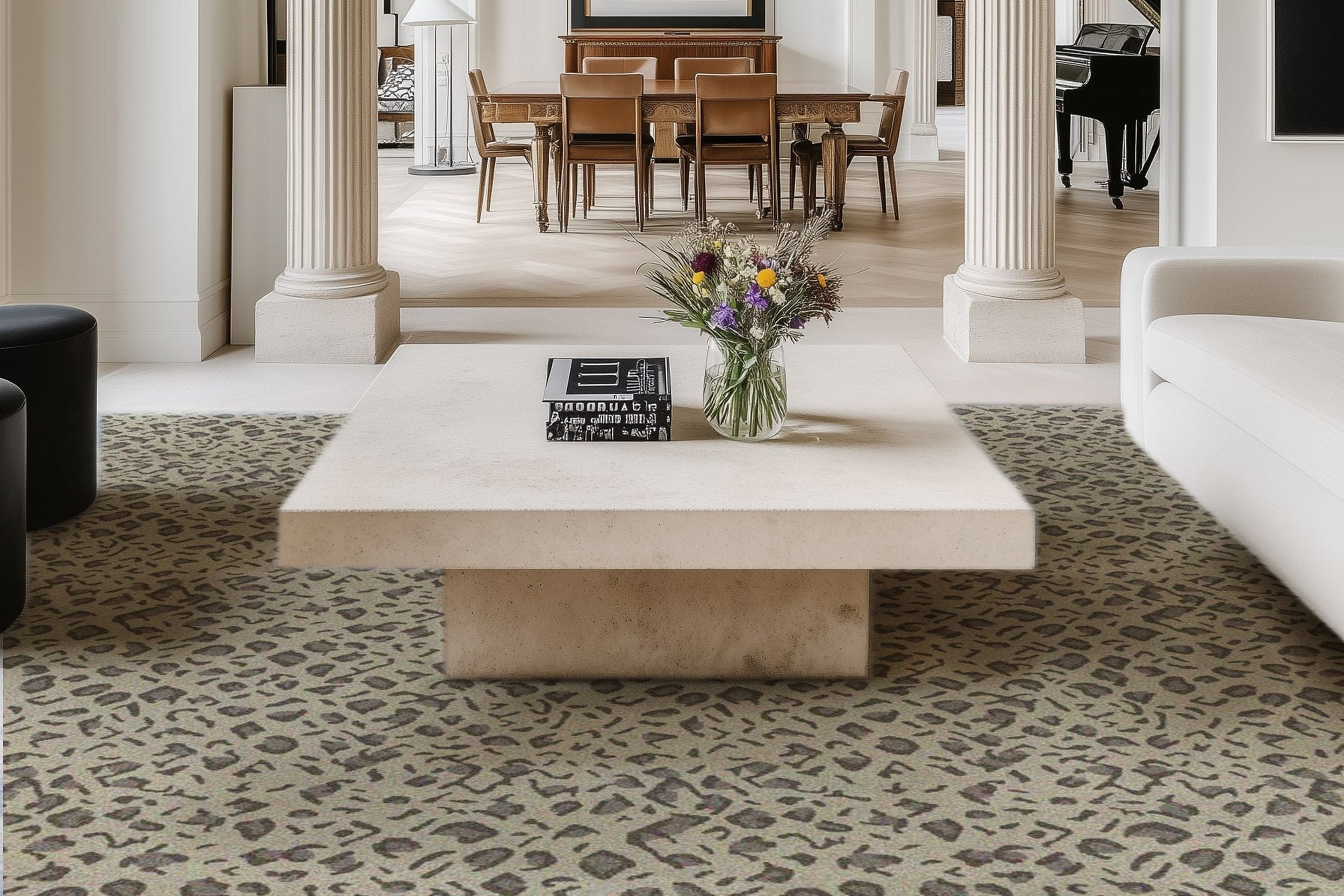Top Roofing Trends in 2025: Innovations and Sustainability Leading the Way
What will roofing look like in 2025? This article covers roofing trends in 2025, from sustainable materials to advanced technologies and energy-efficient solutions. Find out what’s coming next.
Key Takeaways
- Sustainable roofing materials are gaining traction as homeowners prioritize eco-friendly options, leading to a shift towards recycled and energy-efficient materials in 2025.
- Advanced technologies such as smart roofing systems and drones for inspections are revolutionizing the roofing industry, enhancing efficiency and maintenance capabilities.
- Climate-resilient solutions, including impact-resistant and fireproof materials, are increasingly important due to the rising frequency of extreme weather events, emphasizing the need for durable roofing options.
Sustainable Roofing Materials in 2025
The roofing industry is witnessing a notable upswing in the demand for sustainable materials as homeowners increasingly aim to reduce their ecological impact. The market is poised to expand substantially, propelled by an escalating inclination toward eco-friendly and energy-efficient solutions. This burgeoning interest stems from heightened consciousness about the detrimental effects of conventional roofing materials on the environment and a strong preference for greener alternatives.
By 2025, expect sustainability within the realm of roofing materials not just to cater to environmental concerns but also to offer resilience coupled with aesthetic appeal. Energy efficiency has taken center stage, spurring greater adoption of environmentally friendly materials and systems in construction practices. Homeowners are gravitating towards these sustainable choices due to their enduring advantages that benefit both personal dwellings and global ecosystems.
Key elements contributing to this shift include heightened utilization of recycled content within roofing manufacturing processes. Salvaged metals, rubber, as well as other types of reclaimed post-consumer products, are being transformed into premium-quality roof coverings that merge superior functionality with significant environmental merits. For homeowners seeking durable, sustainable solutions, Dutchmark Roofing offers expertise in eco-friendly roofing systems that prioritize quality and longevity. Driven by advancements focused on augmenting longevity, conserving energy, and promoting sustainability, the modern-day roofing sector now provides appealing green solutions geared toward homeowners who conscientiously prioritize minimizing their environmental footprint through eco-conscious living spaces.
Eco-Friendly Roofing Options
An upsurge in the adoption of eco-friendly roofing solutions, including modern and cool roofing materials, is evident among homeowners aiming to minimize their ecological footprint. Opting for durable recycled resources like repurposed metal and rubber aligns with this goal by diminishing waste production while delivering a performance on par with conventional roofing materials.
The popularity of cool roofs is growing due to their ability to reflect solar rays into the atmosphere, leading to cooler interior spaces and diminished energy needs. By lessening heat gain through such reflective surfaces, these innovative roofs contribute significantly towards enhanced energy efficiency. This makes them an attractive option for individuals seeking both environmental benefits and reduced energy expenditures associated with cooling systems.
Benefits of Sustainable Roofing Solutions
Roofing solutions that are sustainable offer a range of advantages, with substantial energy savings being one such benefit. By lessening the need for air conditioning through cool roofs, these materials assist in cutting down on utility expenses and diminishing overall energy use—a win for both homeowners and the environment.
Employing roofing materials known for their sustainability can boost real estate value as they appeal to prospective homebuyers by guaranteeing reduced long-term expenditures on energy while minimizing ecological harm. These robust roofing options also lead to decreased maintenance needs and infrequent replacements over time, thereby enhancing the property’s lasting worth.
Advanced Roofing Technologies
The residential roofing industry is experiencing a seismic shift towards sustainability and technology. Advancements in roofing technology are providing cutting-edge materials, designs, and methods that enhance both performance and efficiency.
From smart roofing systems to the use of drones for inspections, these innovations are revolutionizing the way we think about roofing and maintenance.
Smart Roof Systems
Intelligent roofing systems are at the forefront of this tech evolution, embracing smart home advancements and leveraging the Internet of Things (IoT). They provide enhanced oversight and upkeep options, giving homeowners immediate insights to preventively address possible concerns.
While the upfront expenses for installing intelligent roofing systems might be greater, the enduring benefits gained from heightened efficiency and diminished upkeep expenditures make it a worthwhile expenditure. This innovative mindset highlights the significance of preventive care in regions that experience regular seasonal changes and inclement weather conditions.
Drones for Roof Inspections
Utilizing drone technology allows roofing contractors to carry out roof inspections with greater efficiency and safety, offering detailed high-resolution images that eliminate the need for ladders or scaffolding.
With the assistance of drones, professionals in the field can promptly and precisely pinpoint problems on roofs. This makes upkeep tasks more successful while reducing their invasiveness.
Energy Efficiency and Solar Integration
In the roofing industry, the pursuit of energy efficiency is a major trend heading towards 2025. There’s a growing incorporation of solar innovations into various roofing systems, motivated by consumer desires for both sustainability and reductions in expense. As owners of homes look to minimize their environmental footprint and cut down on energy expenses, they are increasingly opting for solar-enhanced options such as shingles and panels.
There’s an upward swing in the popularity of reflective roofing solutions due to their competency at diminishing heat intake by casting back sunlight from structures—this helps curtail air conditioning needs while boosting overall energy efficiency. Combining solar advancements with reflective materials symbolizes what lies ahead in terms of developing roofing systems that excel at being more energy efficient.
Solar Shingles and Panels
Solar shingles are designed to merge smoothly with conventional roofing materials, ensuring an attractive finish while being energy efficient. These solar tiles incorporate energy-saving technology and maintain the visual integrity of a residence, offering occupants the benefits of self-sufficiency in power production, reduction in costs, and potential economic benefits including tax deductions and rebates.
Clear solar panels enable homeowners to capture solar energy without altering their roof’s classic aesthetic. Their ability to generate electricity whilst preserving the traditional roofing look has contributed to their popularity. The surge in renewable energy interest coupled with technological progress is encouraging the uptake of these cutting-edge solar products.
Reflective Roofing Materials
Materials used in roofing that possess reflective properties can enhance the energy efficiency of a building. They achieve this by deflecting heat and sunlight, which helps maintain cooler interior spaces and diminishes reliance on air conditioning systems, ultimately leading to reduced expenses for cooling.
Incorporating these materials not only aligns with eco-friendly construction methods but also provides homeowners with considerable economic benefits over time.
Metal Roofing Trends
The attractiveness of metal roofs has surged due to their robustness, contemporary look, and ability to enhance energy conservation. With an array of designs, hues, and textures on offer, these roofs can suit a wide range of architectural preferences for different homeowners.
Anticipated to gain momentum in popularity are metal roofing options as individuals become more aware of the enduring advantages they present.
Advantages of Metal Roofs
Renowned for their longevity, metal roofs can serve well beyond half a century, presenting themselves as a wise investment over time. Their construction is tailored to bolster energy efficiency by deflecting solar radiant heat, which curtails expenses associated with heating and cooling. They necessitate less upkeep than conventional roofing materials do, elevating their attractiveness.
The modern appearance of metal roofs also adds to their growing favorability among homeowners who have an array of styles and finishes at their disposal to align with individual tastes while upgrading the aesthetic charm of their residences. The fusion of enduring lifespan heightened energy-saving capabilities, and pleasing design makes metal roofs an eminent selection in the marketplace come 2025.
Climate-Resilient Roofing Solutions
The roofing industry is placing a heightened emphasis on the development of climate-resilient roofing systems to counteract the growing occurrence and intensity of extreme weather phenomena. By 2025, these advanced roofing solutions are engineered specifically to hold up against severe conditions such as hailstorms, hurricanes, and wildfires, thereby offering homeowners both security and tranquility.
Allocating funds toward climate-adaptable roofs not only safeguard homes and their occupants but also diminishes expenses related to repairs and replacements over time. Within this sector, robust materials that offer resistance to impacts and fireproof capabilities have emerged as crucial elements for modern-day roofing solutions.
Impact-Resistant Materials
Impact-resistant materials are increasingly necessary for roofing due to severe weather damage. Materials like SBS-modified shingles, synthetic shingles, and metal shingles are recommended for regions with frequent hailstorms as they resist damage from hail and debris. Class 4 impact-rated asphalt shingles are also popular for their hail resistance.
Metal roofs are effective in colder climates as they allow snow to slide off, reducing the risk of ice dams and other winter-related issues.
These impact-resistant roofing materials offer homeowners durable and reliable roofing solutions that can withstand severe weather conditions.
Fireproof Roofing Options
In areas susceptible to wildfires, homes must be equipped with roofing materials capable of resisting fire and intense temperatures. With the increasing incidence of climate-related disasters, there is a standardization trend for products such as shingles and tiles that can withstand fire. The expansion in the application of these non-flammable materials is also being spurred by more rigorous building regulations designed to enhance safety against fires.
Roofing solutions that resist burning not only provide safeguards but also contribute to lowering insurance premiums for property owners situated within regions prone to high wildfire risks.
Aesthetic Customization in Roofing
The current trajectory of roofing innovations reflects that roofs have become a crucial element in expressing the design narrative of a building, offering residents the opportunity to showcase their aesthetics and improve their home’s exterior charm. As we look toward 2025, some dominant roofing trends include distinctive and striking patterns, lustrous metallic finishes, vibrant colored shingles, and intricate architectural details. The sector is moving towards greater customization options and emphasizing styles that cater to individual homeowner preferences.
Simultaneously, focusing on both visual enhancement and ecological consideration has grown in significance for roof designs. These tailored solutions not only permit individuals to infuse their unique flair into their homes but also contribute to an increase in real estate value — establishing these roofing choices as sound investments for property owners.
Bold Colors and Textures
For 2025, roofing designs are increasingly favoring bold and earthy hues that create greater depth and visual intrigue by mixing shingle colors. These strong shades are Accentuated with unique textures, boosting the home’s curb appeal and crafting a more visually compelling aesthetic.
Architectural Asphalt Shingles
The trend in roofing is increasingly favoring architectural asphalt shingles, which are known for their attractive look and flexible design options. Their dimensional profile gives them an edge over the standard three-tab shingles by providing a more sophisticated appearance. These shingles also offer a wide selection of colors and textures that enable homeowners to tailor the roof to their specific tastes.
As such, these aesthetic and adaptable features have made architectural asphalt shingles a top contender within contemporary roofing trends.
Green Roofing and Living Roofs
The roofing industry is experiencing a significant shift towards eco-friendliness, as evidenced by the increasing popularity of green roofs and living roofs. These innovative options not only enhance air quality but also contribute to effective rainwater management and promote wildlife habitation. The rising interest among homeowners in these environmentally sound choices reflects their numerous benefits.
By offering insulating properties, living roofs play a crucial role in diminishing energy costs and combatting the urban heat island effect. Green roofing trends are expected to dominate roof design preferences by 2025, signaling an industry-wide movement toward sustainable practices. Not only do green roofs support an improved ecological landscape, but they also offer an aesthetic appeal that differs from conventional roofing materials.
Environmental Benefits
Green roofs filter pollutants and improve air quality by capturing greenhouse gases like carbon dioxide. The vegetation on these roofs captures airborne pollutants, which is particularly beneficial in densely populated urban areas. By filtering pollutants and capturing dust, green roofs contribute to improved urban air quality.
Additionally, green roofs improve energy efficiency by providing insulation and reducing the urban heat island effect, leading to lower energy costs and enhanced building durability.
The long-term value of green roofs makes them attractive to environmentally conscious homeowners looking to reduce their environmental footprint and enjoy sustainable roofing benefits.
Installation Considerations
Key factors for green roof installation include:
- The roof’s slope
- Structural weight capacity
- Existing materials
- Drainage systems
A thorough structural assessment ensures the building can support the added weight. Effective waterproofing prevents leaks and damage.
Proper drainage systems must be designed to prevent water accumulation, which can harm plant health. Extensive green roofs are generally lighter and require less structural support than intensive ones, making installation easier.
Enhanced Roofing Warranties
As the technology and materials used in roofing advance, producers are offering extended warranties that deliver greater assurance to property owners. These enhanced guarantees contribute not only to peace of mind but also aid in securing lasting cost reductions while reducing unforeseen financial outlays. Frequently extending beyond three decades, these substantial warranties cover a wide range of aspects such as labor expenses for both repairing and replacing roofs.
The advantage of many of these warranties is their transferability, which ensures that subsequent property owners can inherit the protection already in place.
Comprehensive Coverage Options
The roofing industry recognizes three principal categories of warranties: typical manufacturer’s warranties, workmanship guarantees offered by contractors, and extended warranties from manufacturers.
These extended warranties deliver inclusive protection that typically covers labor expenses for both repairs and replacements, which is not common with standard ones. By mitigating the chance of unforeseen expenses and securing the durability of roofing materials over time, these expanded assurances provide substantial reassurance to homeowners.
Importance of Professional Installation and Maintenance
Expert roofing contractors are essential for the proper fitting of increasingly sophisticated contemporary roofing systems. Contractors specializing in residential roofing are pivotal in embracing eco-friendly materials, guaranteeing their correct installation and upkeep. Consistent maintenance prolongs the durability of roofs and averts expensive repairs. Certain warranties offer maintenance schemes that help keep roofs at their best, thus providing additional value to property owners.
The employment of drones during roof inspections increases safety by reducing hazards linked with employing ladders or scaffolding setups. Metal roofs demand little maintenance, making them an appealing option for homeowners seeking convenience and efficiency in their homes’ coverings. Possession of a workmanship warranty acts as a safeguard against faults related to installation errors, offering peace of mind to homeowners regarding potential material mishaps.
Finding Qualified Roofing Contractors
For a successful roofing project, homeowners prioritize finding reputable contractors who possess the necessary experience for proper installation and maintenance. It is essential to choose a skilled roofing expert, as their expertise and dependability greatly influence the durability and functionality of the roof.
Homeowners need to engage in comprehensive research to confirm that potential roofing professionals have valid credentials and are well-regarded in their field. In doing so, they ensure that they select contractors capable of providing both high-quality craftsmanship and dependable service.
Summary
In summary, by 2025, the roofing industry is expected to undergo considerable progress with a strong emphasis on sustainability and innovative developments. The trends highlighted in this blog post indicate a transition toward roofing practices that are both responsible and progressive, incorporating smart technologies, energy-efficient solutions, eco-friendly materials, and customizable aesthetics. Both homeowners and contractors stand to gain from adopting these emerging trends which promise not only long-lasting efficiency but also environmental beneficence coupled with visual attractiveness. Informed decision-making will enable us all to play a part in fostering an environmentally sounder future while utilizing advances within the roofing sector.
Frequently Asked Questions
What are the benefits of sustainable roofing materials?
Opting for sustainable roofing materials not only boosts the efficiency of your property and leads to potential energy cost reductions, but it also elevates its overall value. These materials are environmentally friendly, helping to lessen their ecological footprint.
Selecting these eco-conscious options means you’re making a positive contribution to the environment while improving your home or building’s performance.
How do smart roofing systems work?
Utilizing IoT technology, intelligent roofing systems provide real-time monitoring capabilities that allow for the early detection of leaks and structural concerns. This enables proactive maintenance to be carried out, effectively preserving the integrity of the roof structure.
What are the advantages of metal roofs?
Metal roofs offer durability, energy efficiency, and low maintenance requirements while providing a variety of styles and finishes to enhance a home’s aesthetic appeal.
Thus, they are an excellent investment for homeowners seeking longevity and visual attractiveness.
What are green roofs and their benefits?
Living roofs, also known as green roofs, feature a layer of vegetation that provides improved insulation and diminishes energy expenses. They contribute to the amelioration of air quality and efficient management of rainwater.
The adoption of green roofs is a substantial step towards environmental sustainability due to their array of ecological advantages.
Why is professional installation and maintenance important for roofing?
Ensuring that roofing systems are properly set up through professional installation is key to their correct functioning, and consistent upkeep greatly prolongs their durability while helping to avert expensive repairs.
It is vital to employ experts for both the fitting and the continual care of roofs to maintain peak performance.
Browse by Category

Design Projects
Explore interiors from client work and personal renovations — layered, livable, and always in progress.
read more →
Collaborations
From product launches to styled spaces, discover the brand stories I’ve helped bring to life.
read more →
The Notebook
A growing archive of iconic designers, inspiring artists, and unforgettable design moments.
read more →
Travel by Design
Wander with a designer’s eye — from charming hotels and city guides to visual inspiration abroad.
read more →





